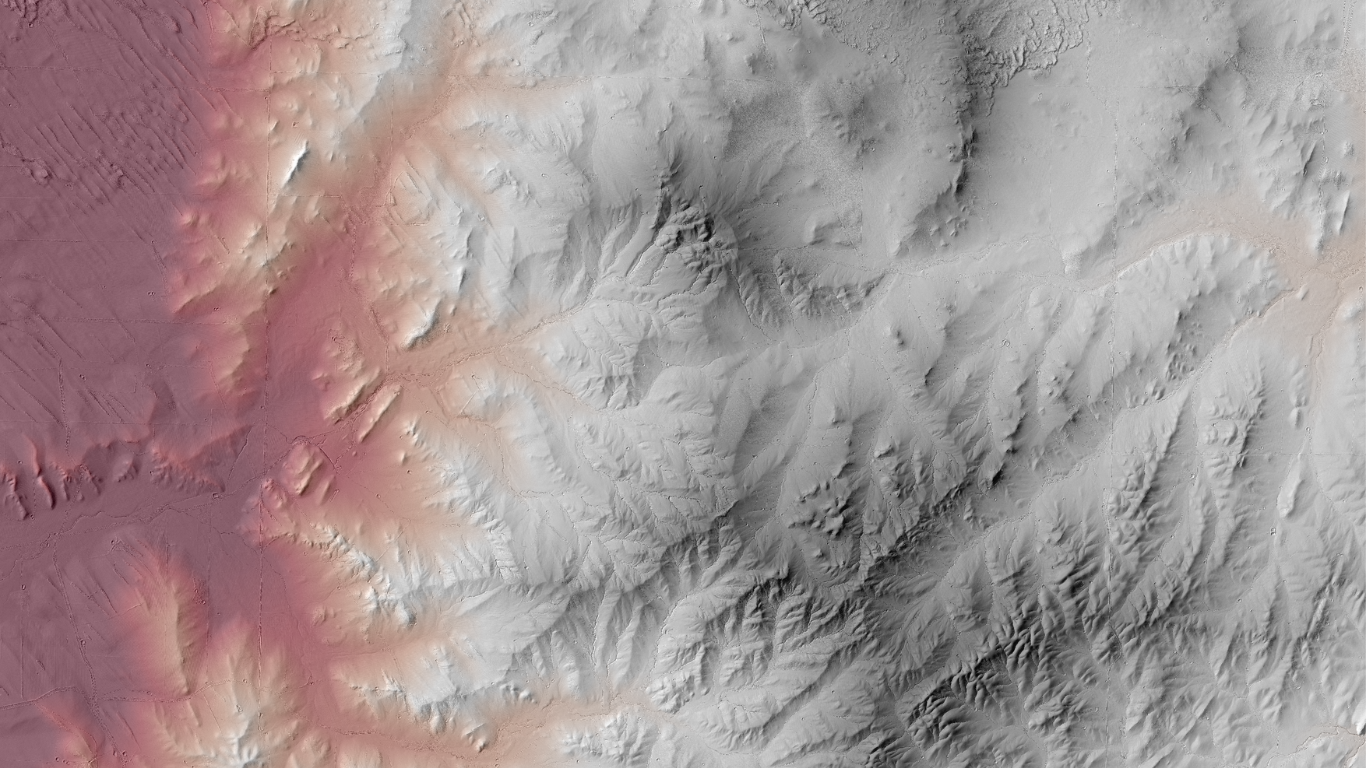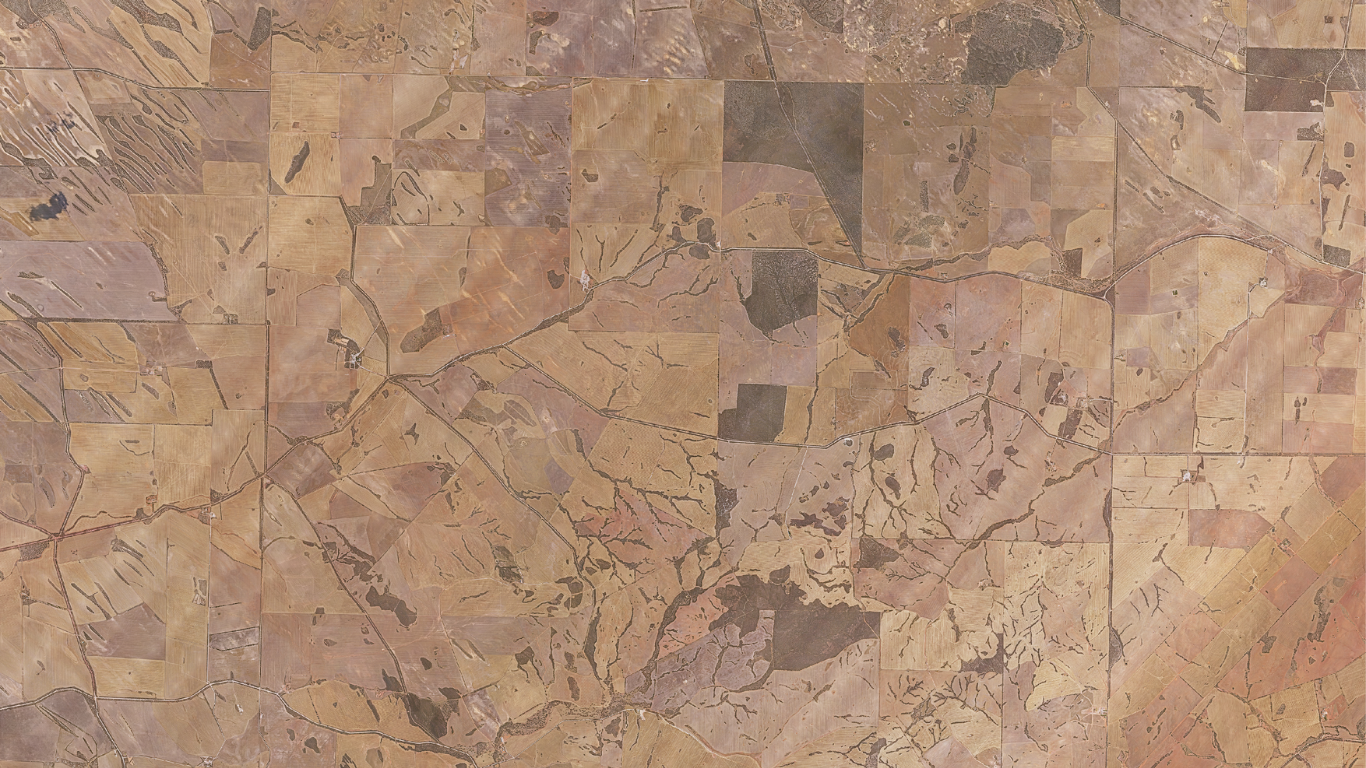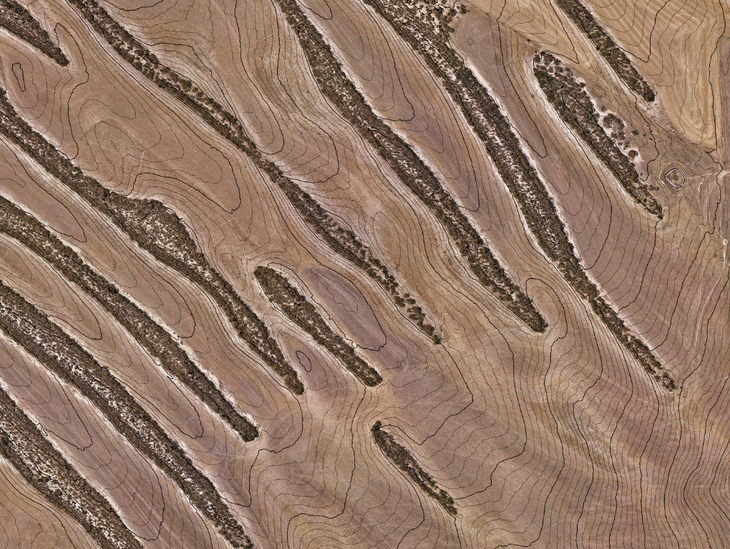INTRODUCTION:
Recently our team spoke to Luke Barber, Development Manager at Vestas, to understand how they use aerial survey data supplied by Aerometrex, and what is critical to their business when it comes to spatial data. Luke is responsible for managing key aspects of Vestas’ wind farm development. During the chat, Luke highlighted the key factors for selecting renewable energy project locations, and how aerial LiDAR surveys can be critical to adequately and confidently confirm site conditions and the level of vegetation, in combination with on-site physical surveys.


Vestas’ uses of LiDAR data:
Uses of concurrent aerial imagery:
Luke Barber, Development Manager, Vestas

<< Image: Aerial imagery overlaid with LiDAR-derived contours for a site in South Australia.
Benefits of high density, high accuracy LiDAR and Aerial Imagery:
Speaking about the importance of accuracy, Luke mentioned that the high levels of accuracy offered by Aerometrex’s LiDAR data can be useful from a construction design point of view. LiDAR-derived elevation data is also critical for picking up existing road crossings, and changes in topography. High-resolution, concurrent aerial imagery is great for the identification of sheds, water tanks and other small structures.
Furthermore, accurate scoping for field survey teams using aerial survey data can help save time and avoid incorrect planning. These large-scale datasets can also be integrated with drone-based data acquired on a smaller scale providing more holistic views.
Benefits of repeat aerial survey data capture:
Regular yearly surveys can help support seasonal studies required for approval. Many of these studies are on vegetation and LiDAR data can help assess change and show different levels of vegetation across time through repeat captures.
Integrating spatial data with other information to inform decision-making:
Planning teams can integrate datasets such as registers of cultural heritage sites, property boundaries or other planning maps by overlaying them onto the Aerometrex-supplied LiDAR and aerial imagery data. These layers can then be brought together within GIS platforms to provide a single view of all the data layers. While data from early project phases is not traditionally utilised in ongoing maintenance phases, there may be use cases for it in the future. In certain scenarios, some of the acquired spatial data may also be shared with landowners who show interest.
About Vestas
With a vision to become the global leader in sustainable energy solutions, everything Vestas does revolves around the development & deployment of sustainable energy solutions. They help to create a better world by designing, manufacturing, installing, developing, and servicing wind energy and hybrid projects across the globe.
